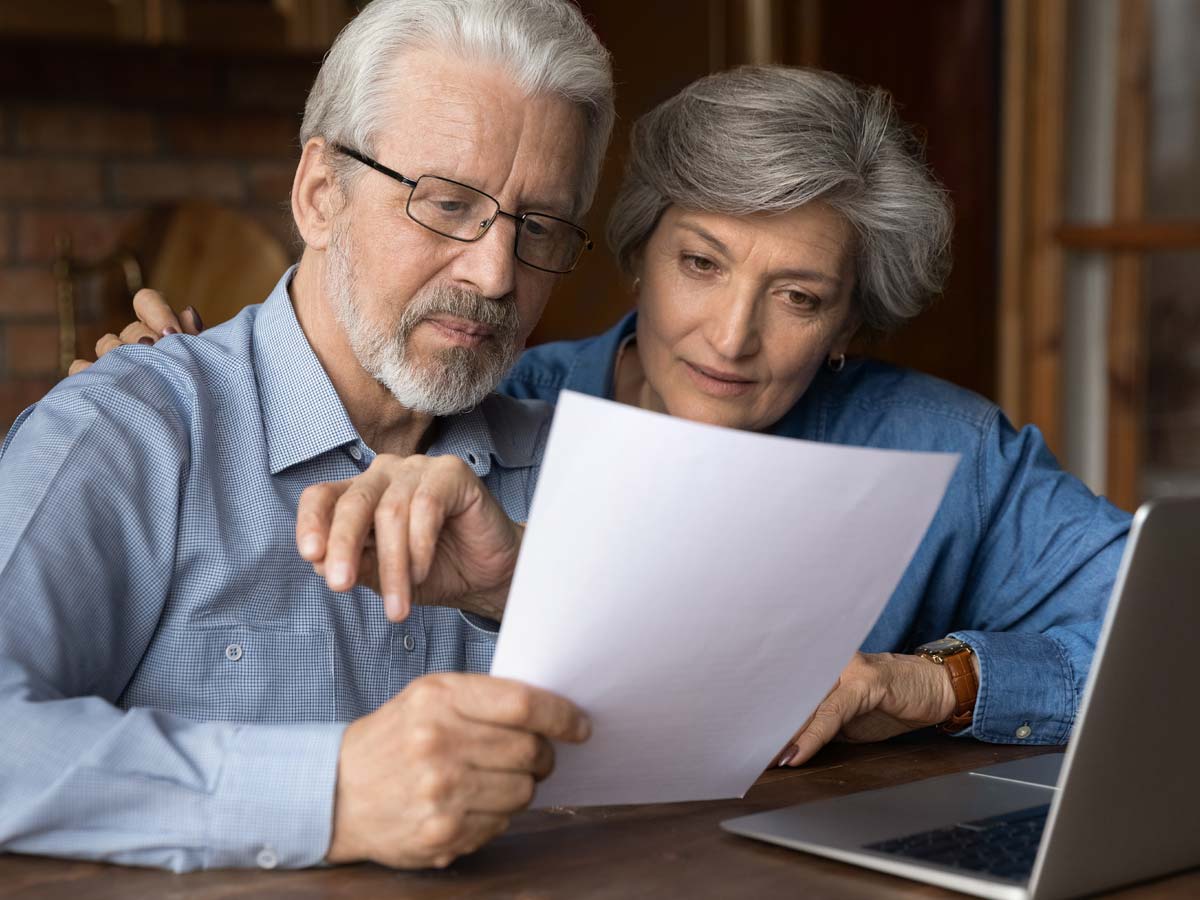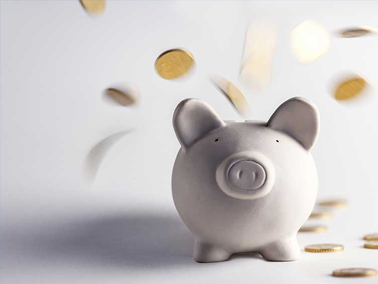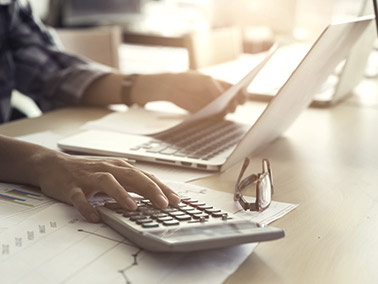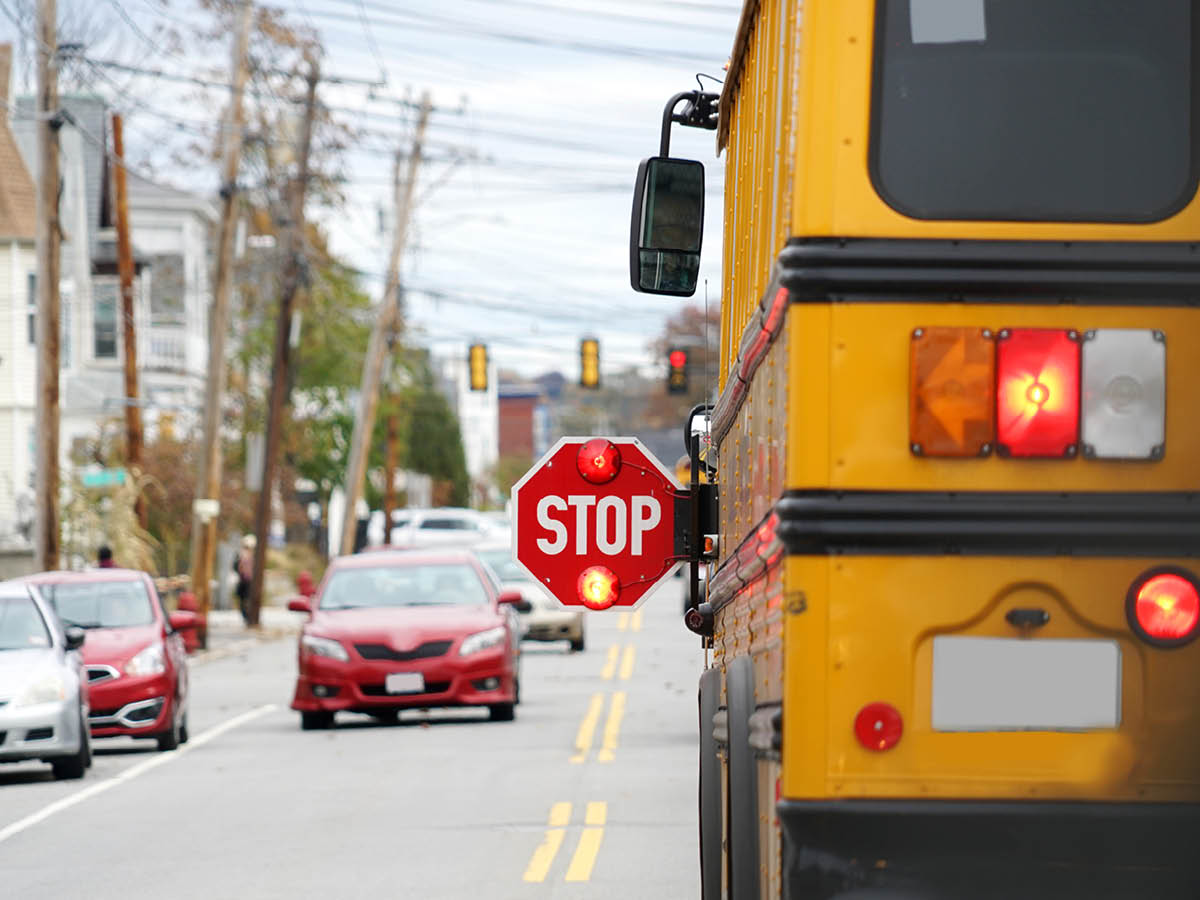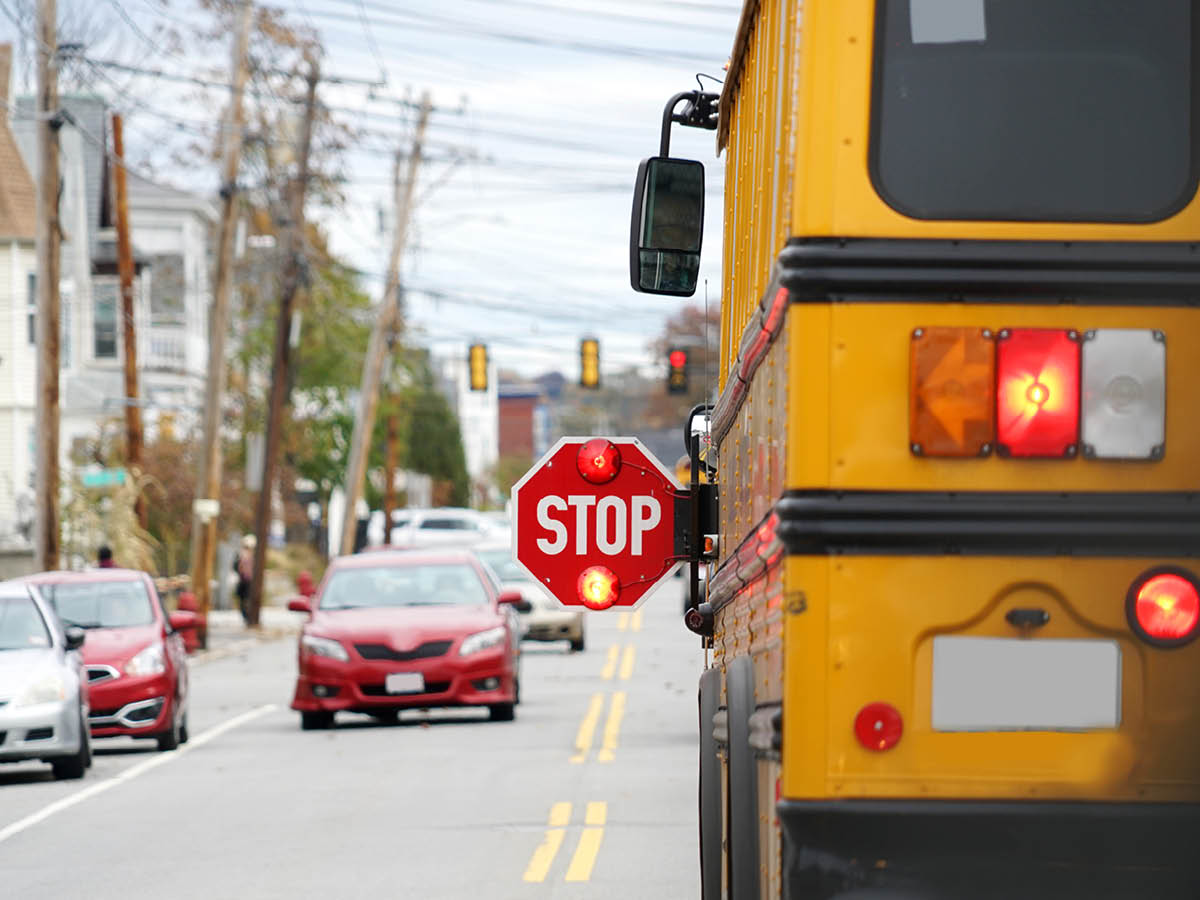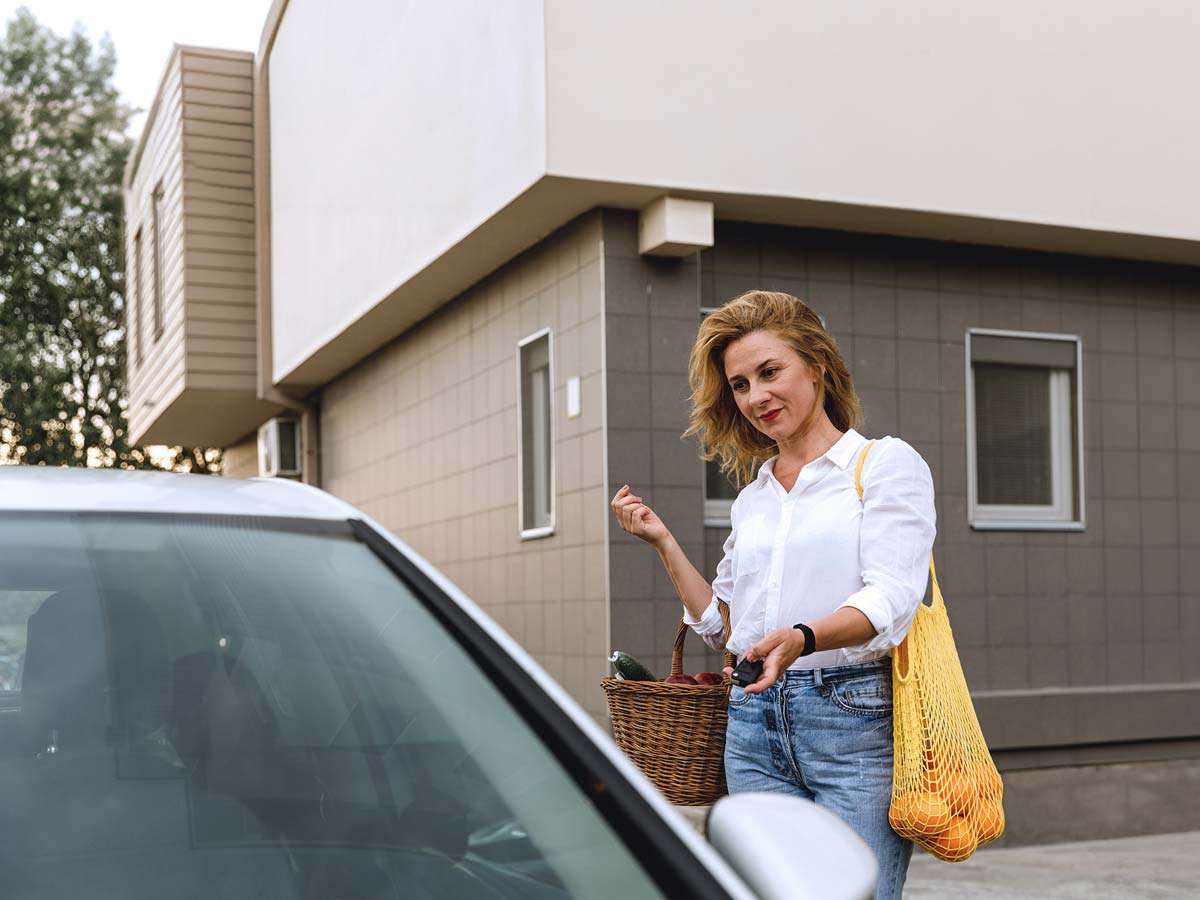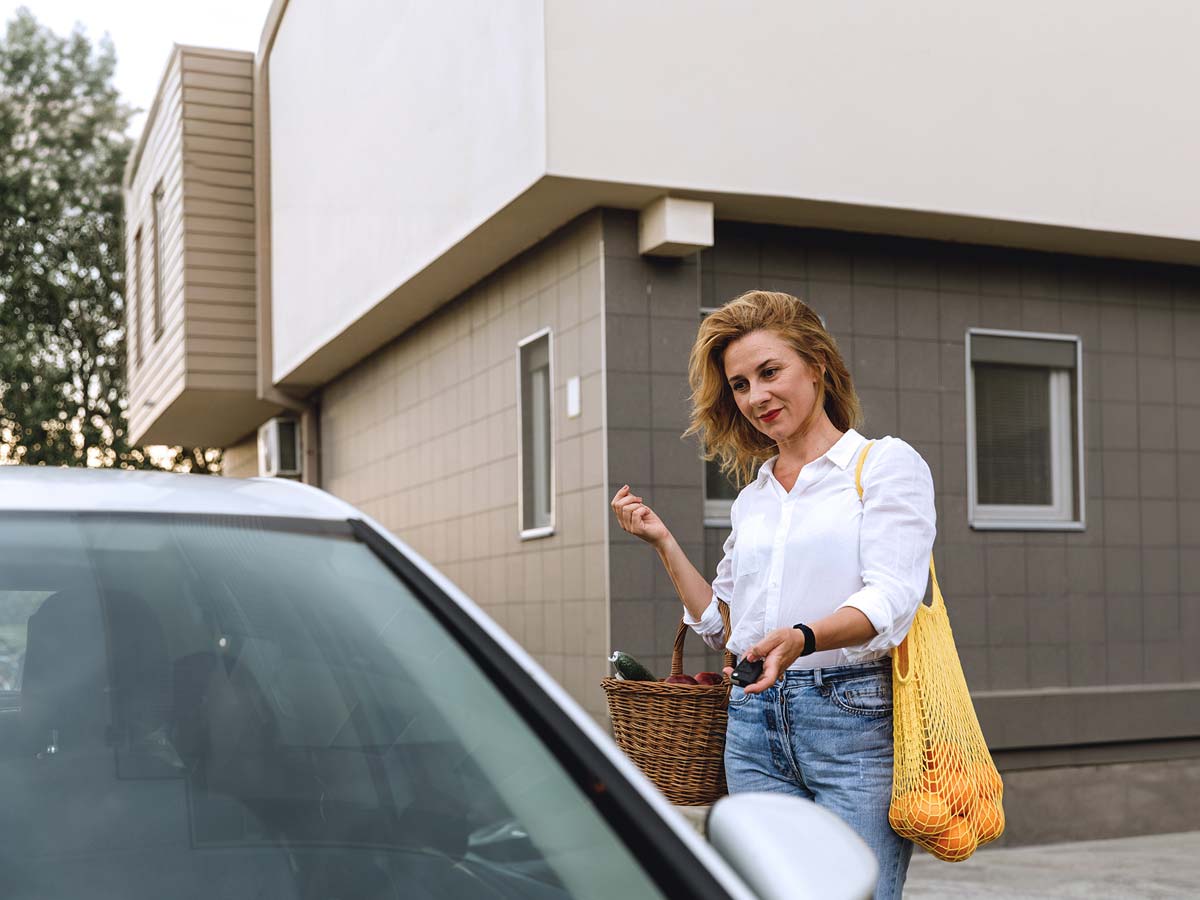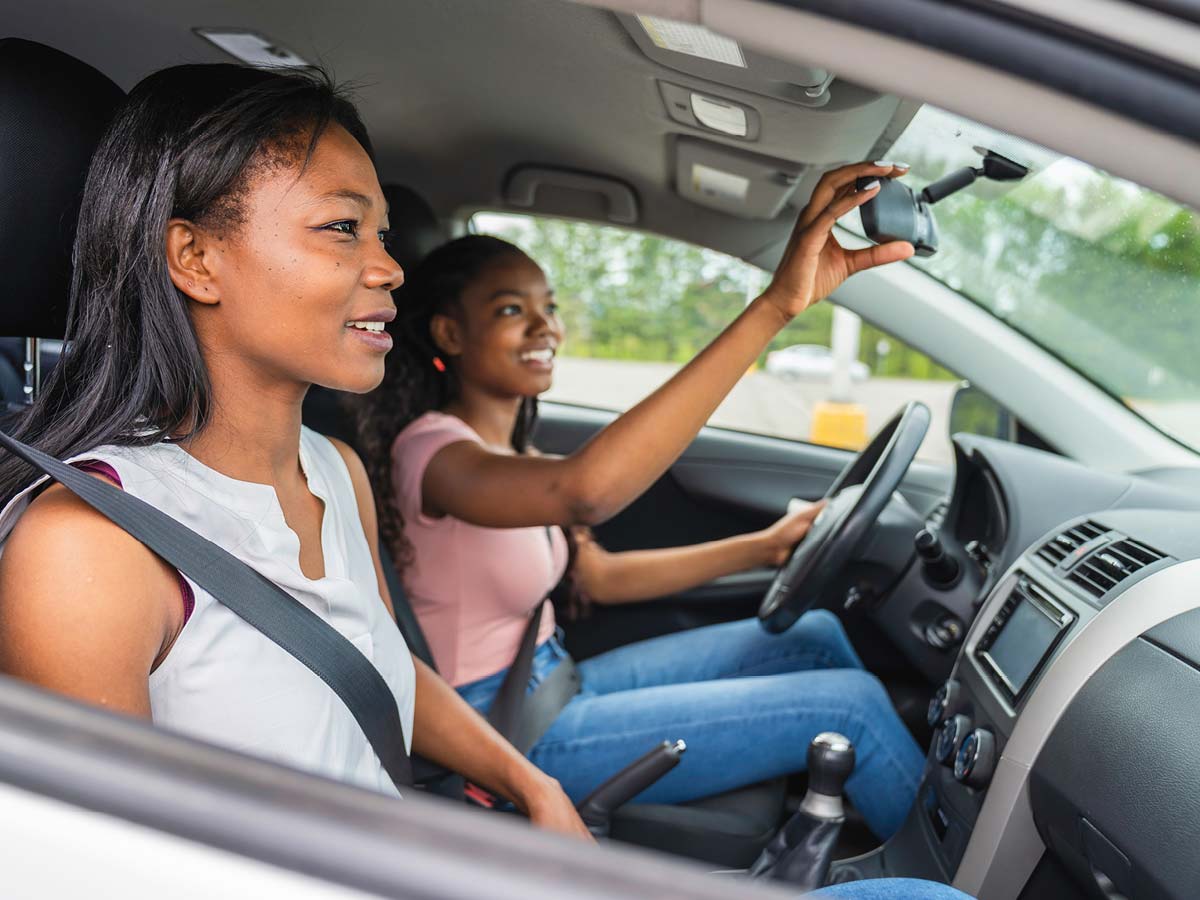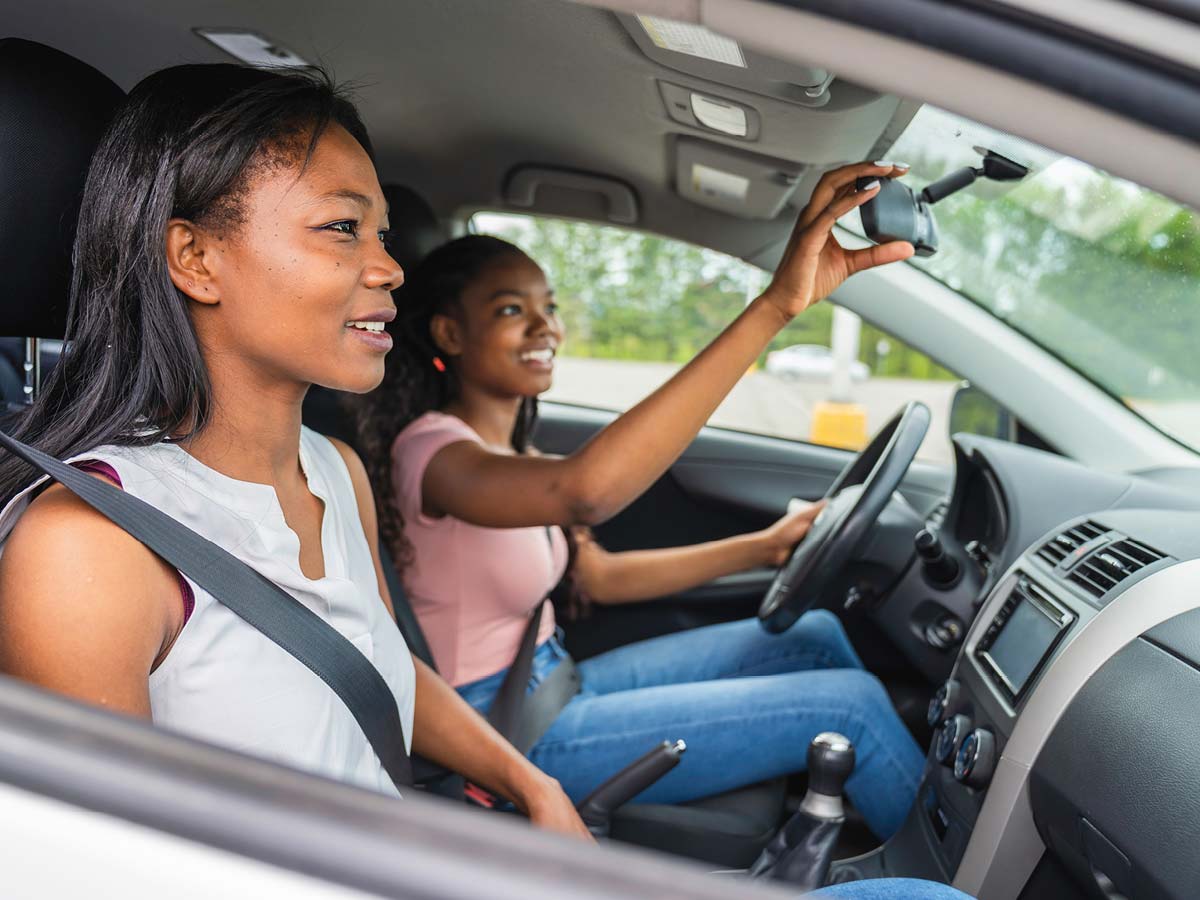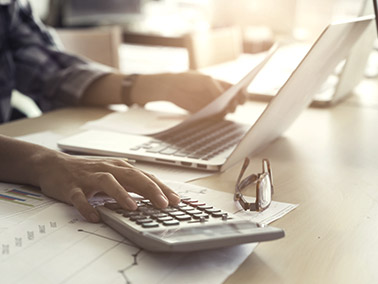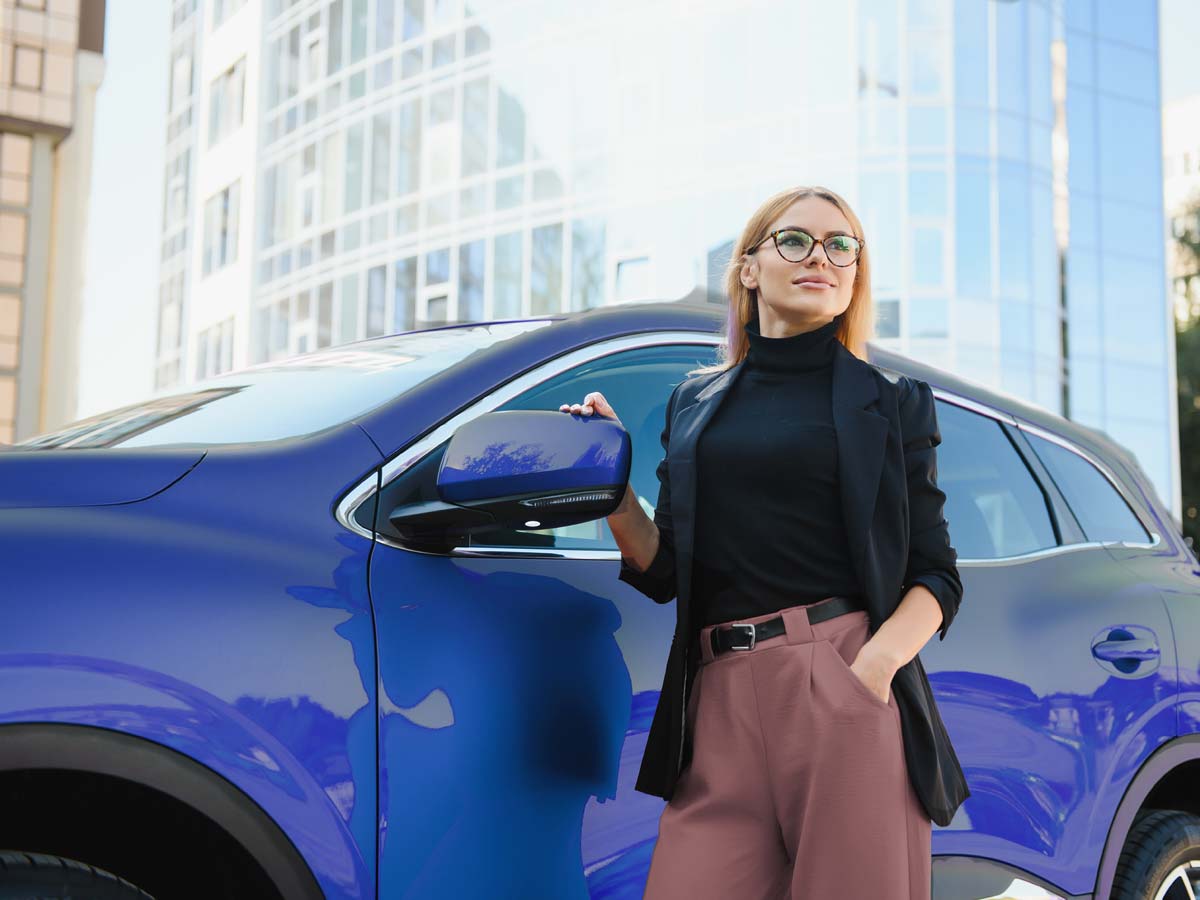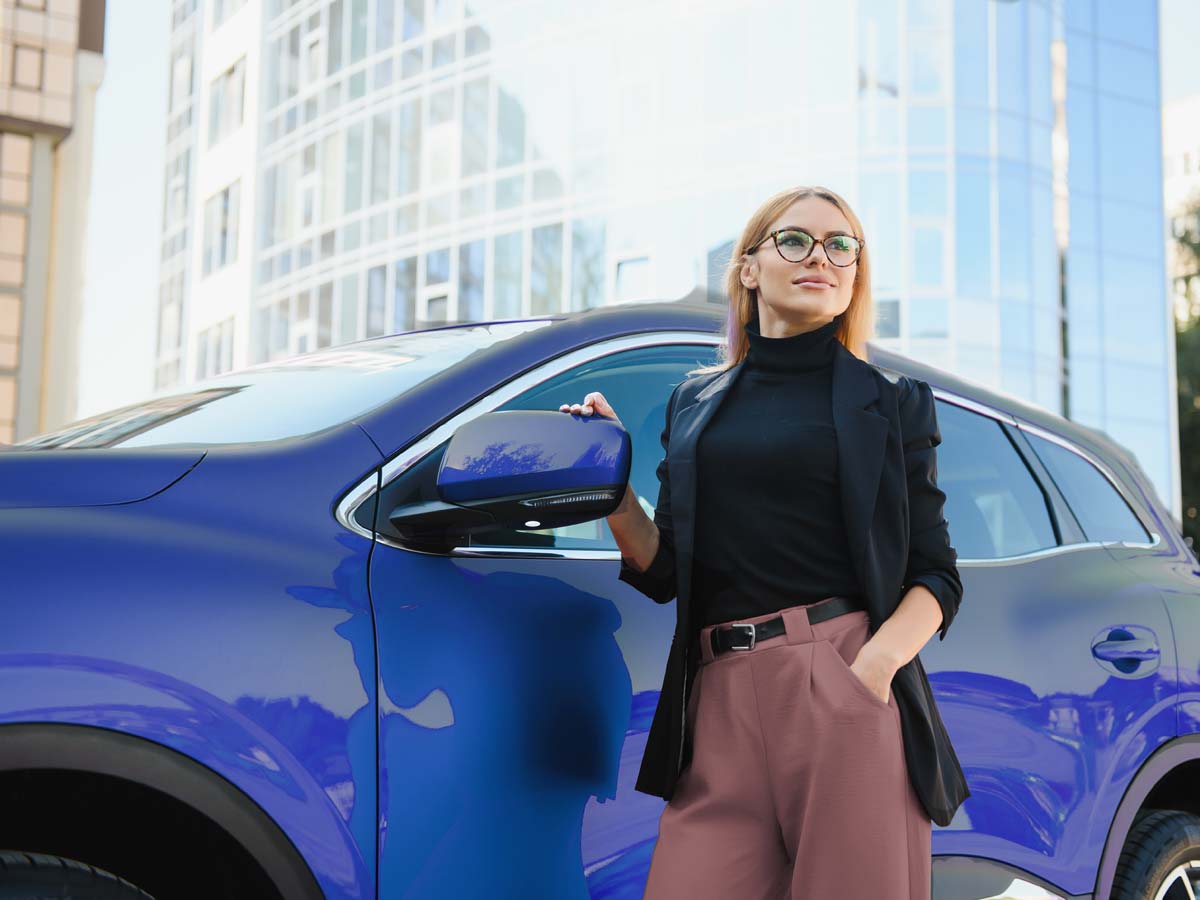Your car insurance deductible will affect the amount you pay for insurance and, generally speaking, a higher deductible could help reduce your premium. Read on to learn how your deductible works.
Auto
-
October 28, 2025
-
October 28, 2025
While shopping around for home or auto insurance, you may have noticed that premiums have gone up.
-
September 26, 2025
Want to make sure you’re saving all you can on your auto insurance? Here are a few simple tips to help reduce your auto insurance premium and still get the coverage you need.
-
August 1, 2024
Avec la fin des vacances estivales et le retour de la rentrée scolaire, le moment est bien choisi pour revoir certaines notions de base en matière de sécurité routière. Ralentir et éviter les distractions sont nos alliés, même quand on a des matins pressés!
-
August 1, 2024
With summer break coming to an end and a new school year around the corner, it's the perfect time to revisit some of the basics of road safety. Top tips include slowing down and avoiding distractions, even when you're running late!
-
May 8, 2024
Did you know that a car is stolen every five minutes on average in Canada?
-
April 24, 2024
Saviez-vous qu'en moyenne, une voiture est volée toutes les cinq minutes au Canada?
-
March 18, 2024
Félicitations, vous avez obtenu votre permis de conduire! Avant de prendre la route, il est important de comprendre quelques points importants sur l’assurance auto et les accidents de la route pour choisir la bonne protection, réduire les risques financiers et prévoir l’imprévisible. Voici 8 conseils d’assurance que tout jeune conducteur devrait suivre.
-
March 18, 2024
Congratulations, you’ve got your driver’s licence! Before you gear up to hit the road, it’s important to understand a few key things about auto insurance and motor vehicle accidents, so you can secure the right coverage, minimize your financial risks and be prepared for the unexpected. Here are 8 insurance tips every young driver should know.
-
January 15, 2024
Vous voulez maximiser les économies sur votre assurance auto? Voici quelques astuces faciles pour vous aider à réduire votre prime d’assurance auto tout en obtenant la couverture dont vous avez besoin!
-
June 13, 2023
We've all heard some of the myths about car insurance, but do you really know the truth behind them? From 'red cars cost more to insure' to 'my friend's insurance will cover me if I borrow their car,' we're about to debunk 9 of the most common car insurance myths once and for all.
-
June 13, 2023
« Assurer une voiture rouge coûte plus cher », « Je serai couvert(e) par les assurances de mon ami(e) si j’emprunte sa voiture »…Ces phrases vous sont sûrement familières, mais savez-vous si elles sont vraies? Faisons la lumière sur 8 mythes courants liés à l’assurance auto.

